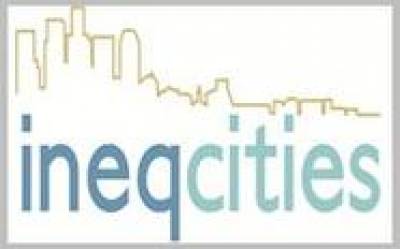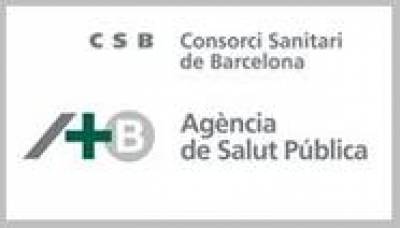Each of the following maps demonstrates the heterogeneous nature of neighbourhoods in the Lisbon Metropolitan Area in terms of socio-economic characteristics. These maps highlight distinct patterns of geographical segregation within the city, as the areas most burdened by deprivation vary by whether one examines Greater Lisbon by unemployment or manual worker density. Yet, patterns shown by university qualifications closely resemble those shown by manual worker density. Socio-economic indicators were derived using data from the 2001 Census of Population and Housing provided by the Instituto Nacional de Estatística (Statistics Portugal).
The following socio-economic indicator maps are colour-coded; high concentrations of a socio-economic characteristic are represented by brown tones, which lighten as the concentration reduces. Intermediate concentrations of a socio-economic characteristic are represented by the white tone. The lowest concentrations are represented by green tones. For further information about how these maps were created, please visit the methodological section of the Atlas. Click on each image for a full-screen view of the maps below.
Unemployment
Area Distribution of Unemployment in Lisbon
This map shows the distribution of unemployment throughout the Lisbon Metropolitan Area. High levels of unemployment are clustered in central and Southern areas of the map (shown in brown tones). Neighbourhoods with high levels of unemployment reside next to those with significantly lower unemployment, which can be seen in the heterogeneous mix of colours that appear in many parts of the central and Southern districts. The Tagus River divides the Lisbon Metropolitan Area in two and areas located north of the Tagus River, by and large, have low levels of unemployment, whilst high unemployment is primarily located in areas south of the River. This map shows some geographical segregation between North and South, but there are also large areas south the Tagus River with low levels of unemployment, particularly in the far South-West and South-East.
Manual Workers
Area Distribution of Manual Workers in Libson
This map shows the distribution of manual worker density throughout Lisbon. The pattern for manual worker density differs significantly from the map of unemployment shown above. High concentrations (shown by brown tones) of manual worker density are now apparent throughout Lisbon, particularly clustered on the outer-rings of the city in the Northern and Eastern districts. Furthermore, the lowest concentrations of manual workers are now confined to the waterfront areas in the Southern districts of the Northern portion, broadly in the centre of Lisbon. Yet, areas in the highest and lowest septiles of manual worker density are not predominant in Lisbon, rather areas with high-intermediate (light browns) and low-intermediate (light blues) levels of manual workers are found scattered throughout Lisbon.
University Qualifications
Area Distribution of Adults with University Qualifications in Lisbon
This map ranks areas of Lisbon according to the proportion of adults that have obtained university qualifications, and as expected, demonstrates similar patterns to the map of low educational attainment. Areas most marked by low educational attainment also exhibit low levels of university qualifications, particularly in the Southern, Eastern and Northern areas of Lisbon. The few dark brown areas representing a high proportion of university qualifications are again confined to the waterfront section of the North portion of Lisbon. Intermediate levels are seen throughout Lisbon, with low-intermediate (light blues) occurring more commonly than the high- intermediate (light browns) levels in the Southern and Northern outskirts. Social deprivation, represented by low levels of university qualifications, is clearly concentrated in the outskirts of Lisbon whilst the central area appears much more affluent.
 Close
Close





